Have you ever wondered if your cat really loves you given their disinterested, laid back attitude? Fret not as cats have an extremely unique way of expressing themselves. While they aren’t necessarily as demonstrative as people or dogs are, cats communicate with us all the time in many different ways.
The most affectionate way of communication is through the slow blink. The slow blink is a cat’s way of saying ‘I love you.’ It’s a type of non-verbal communication through body language that shows that they are vulnerable to you, they trust you, and are comfortable around you.
This is because, in nature (out in the wild), if there’s one thing that cats would never do, it would be to close their eyes to an enemy or threat. The act of slow blinking shows they feel safe and trust you enough to relax and close their eyes for an extended period of time.
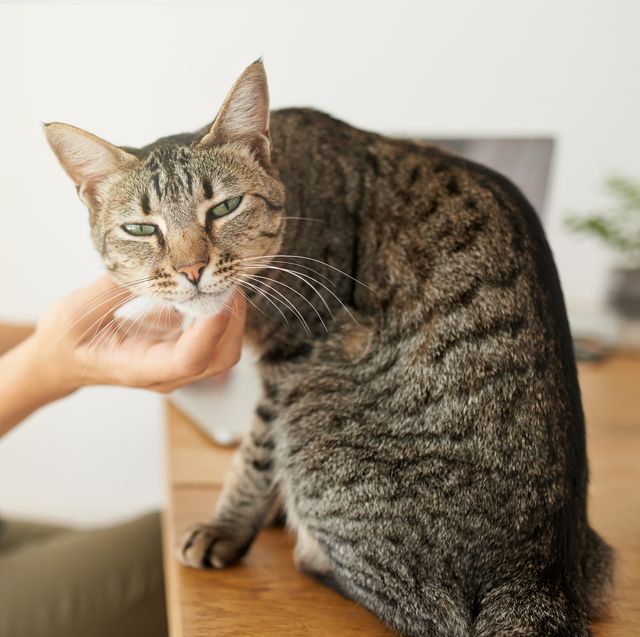
Did you know that replicating this action back to the cat has the same effect on them? If you blink slowly at your cat, they will translate it as you love them too. While it can seem silly at first, it’s very rewarding to watch and experience your cat get comfortable and blink back at you. Give it a try.
Approach your cat with relaxed eyes and a gentle stare, and slowly blink at them without speaking. Be patient and soon enough, your cat will reciprocate your love by blinking back at you!
These mysterious, fluffy creatures have many other different ways of communicating with their beloved pet parents. Some more intimate signs of affection and trust include purring, rolling down for belly rubs (exposing belly), brushing their body against yours, nuzzling, and falling asleep comfortably on or around you.
Sometimes, they groom you and other times they even bring you a nasty little meal from their hunts to show you how much they love you.
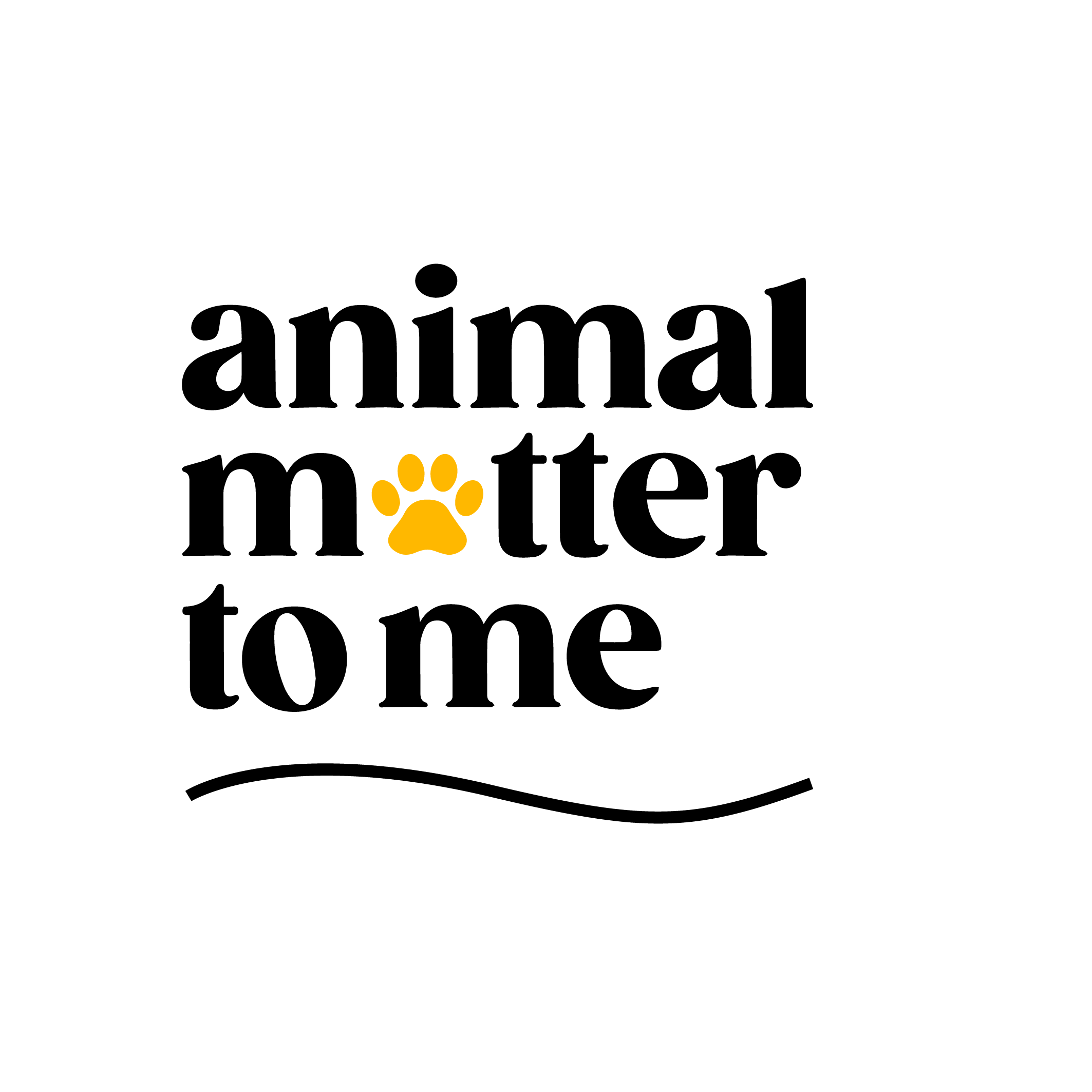

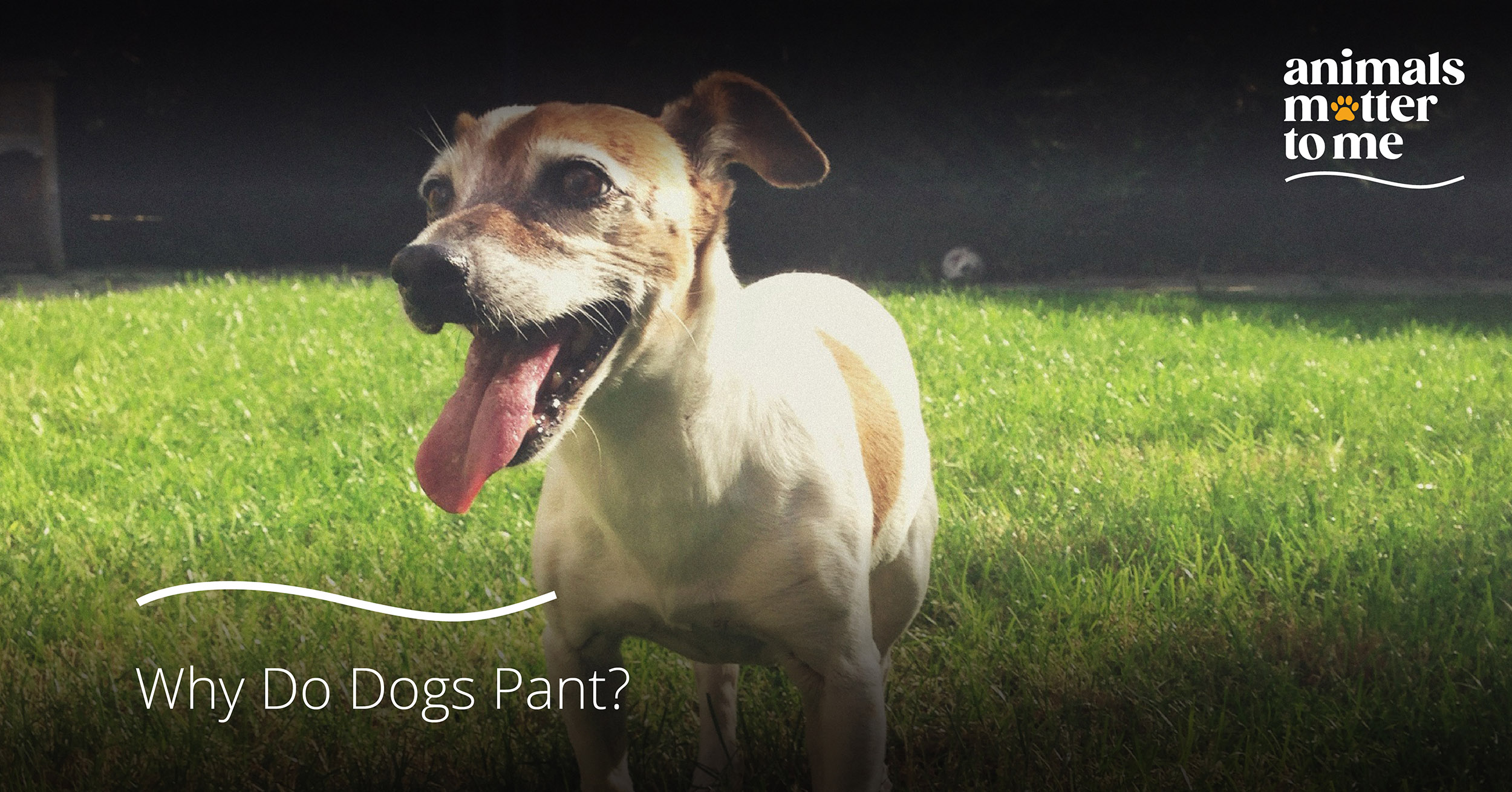
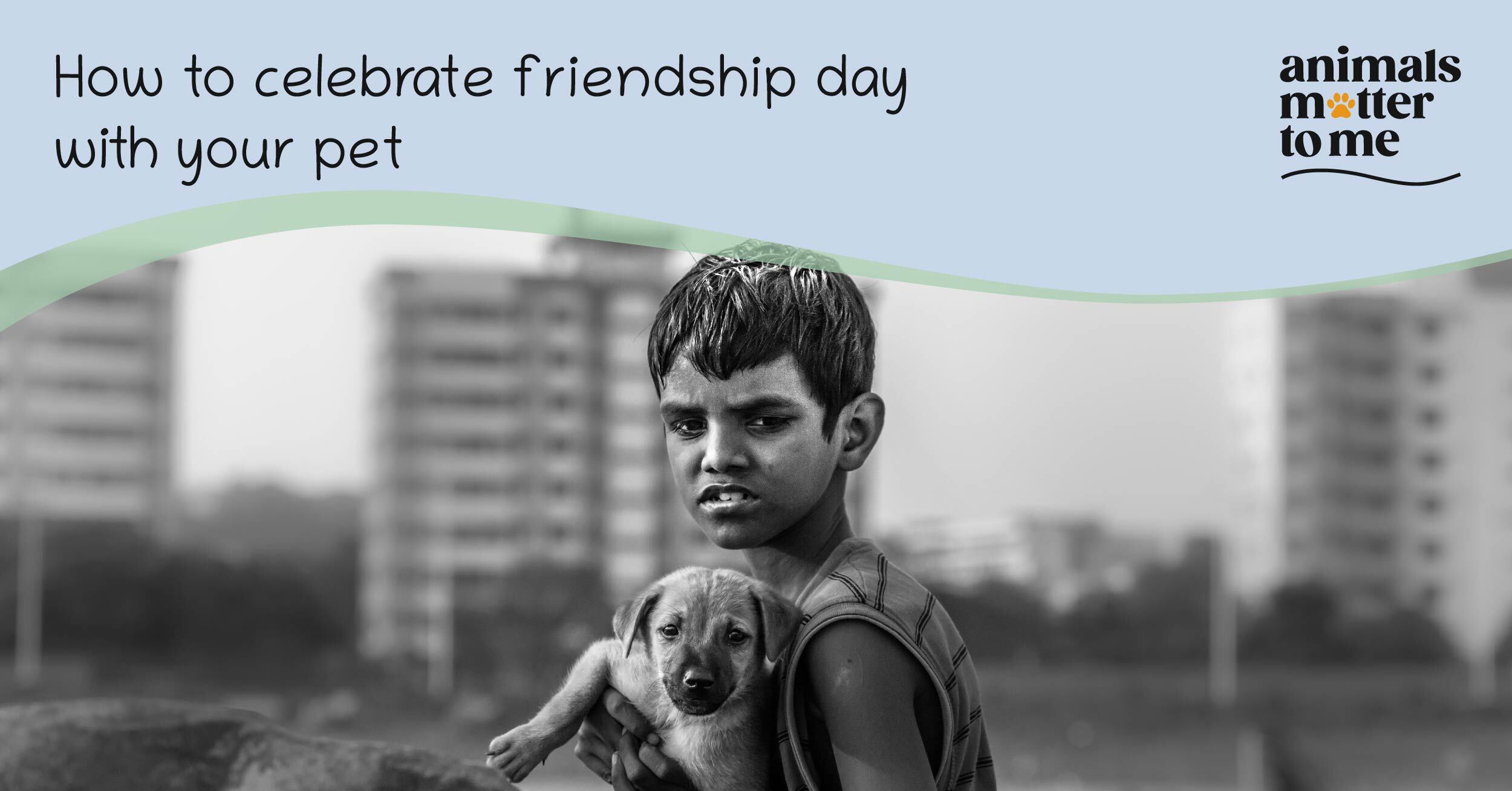
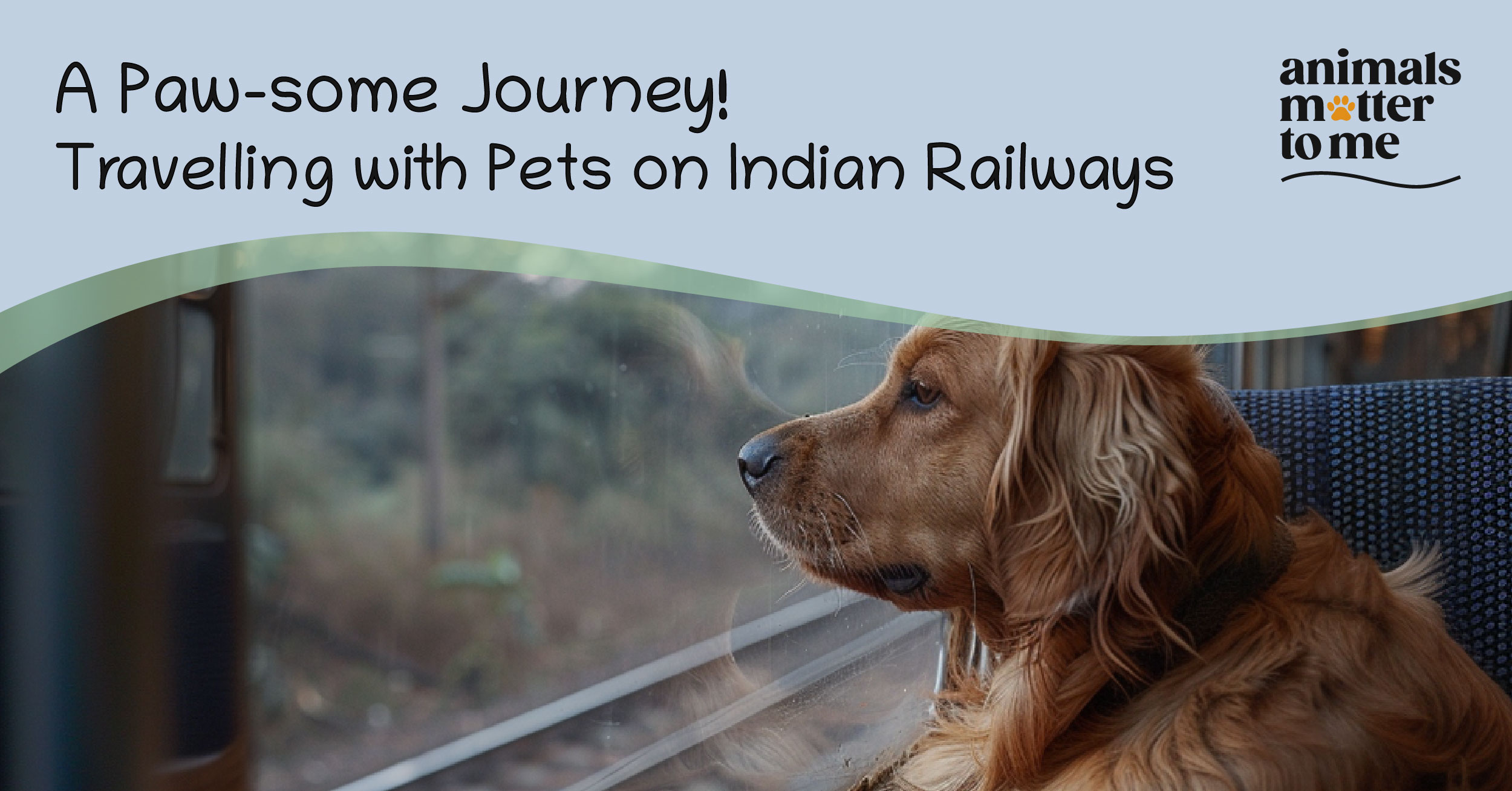
One Response
very nice blog I love to my cat when see is blinking His eye